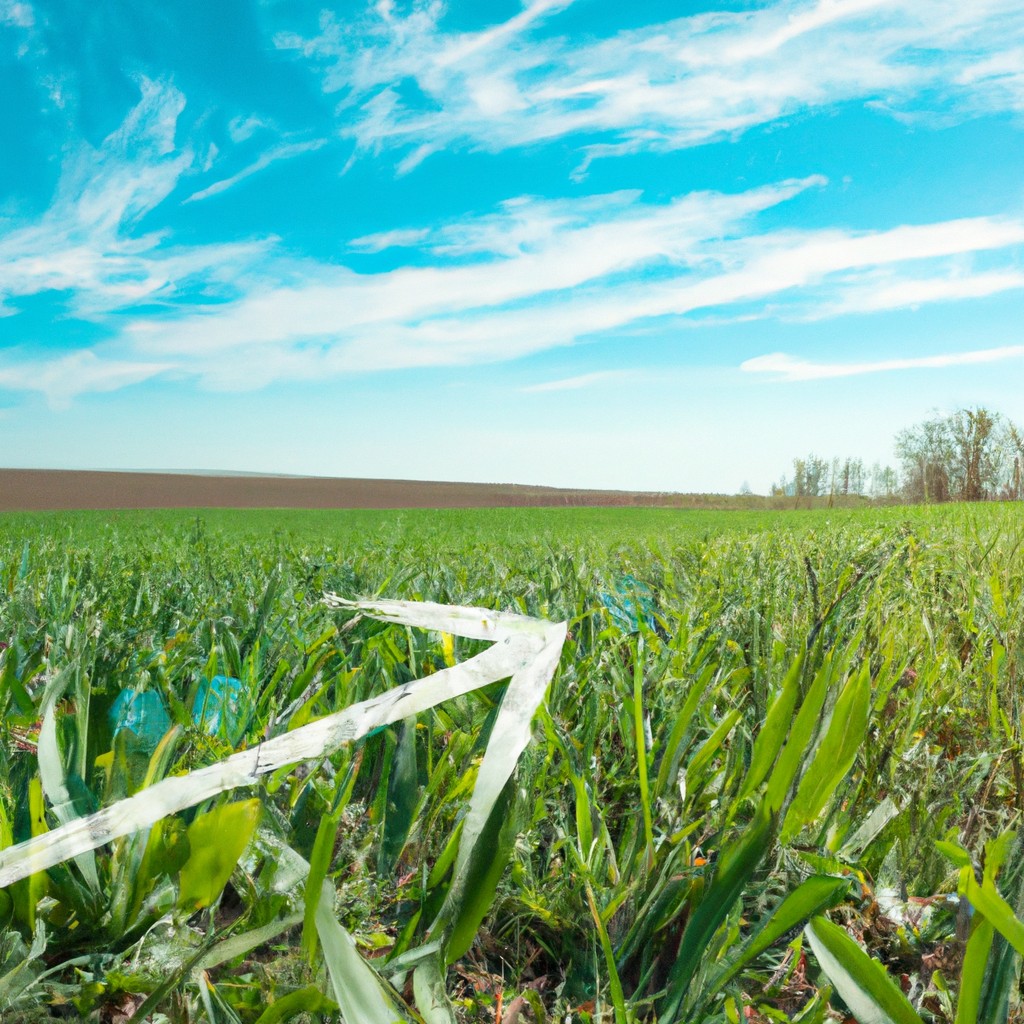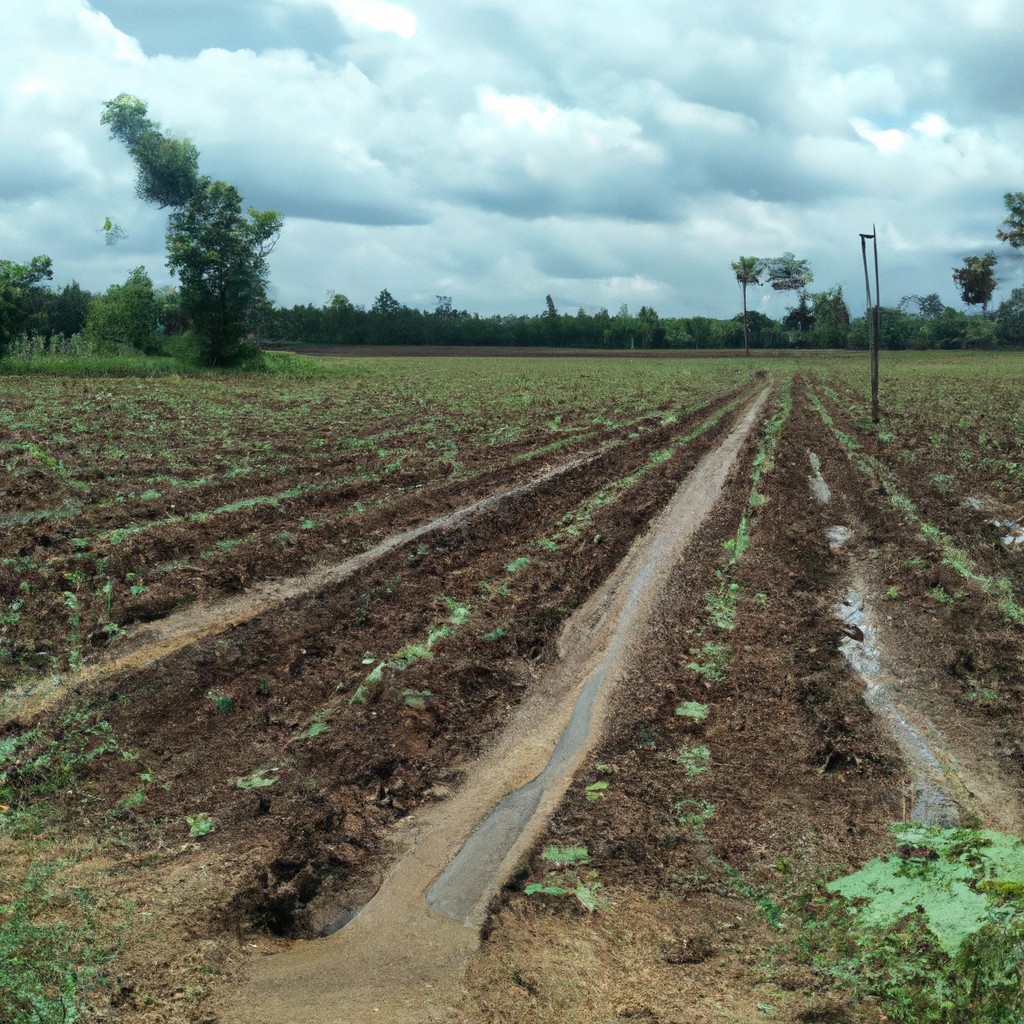Discover the most reliable sources to gather accurate data for precision agriculture, a key aspect in boosting sustainability and efficiency in farming practices.
Finding data for precision agriculture is essential for farmers and researchers alike. This data can be found from several reliable sources, including remote sensing technologies, soil sampling, yield monitors, and weather stations.
These sources provide invaluable information on soil conditions, crop health, weather patterns, and more, enabling precision farming practices that optimize crop yields while minimizing environmental impact.
This article will delve deeper into these sources, illustrating how to access and utilize this data for maximum agricultural efficiency and sustainability.
Key takeaways:
- Remote sensing technologies provide comprehensive crop health information.
- Data analytics help optimize field design and layout for efficiency.
- Precision agriculture data enhances farm record-keeping and reporting.
- Soil mapping and data improve resource use efficiency and sustainability.
- Data-driven crop forecasting enhances decision-making and profitability.
Look Inside:
Data Sources for Precision Agriculture
There are many sources of data you can use:
- On-Farm Data: This is the data you collect from your own operations. It could include yield data, soil sampling results, and records of fertilizer and pesticide applications. It might also include data from equipment sensors, like GPS devices or drones.
- Remote Sensing Data: This includes data collected from satellite imagery or aerial photography. Remote sensing technologies can provide data about crop health, soil moisture, and other variables. Services like NASA’s Landsat program or commercial services like Planet Labs or Sentinel Hub offer various types of remote sensing data.
- Weather Data: Weather is a crucial factor in farming. Data about temperature, precipitation, wind speed, and other variables can be collected from weather stations or obtained from meteorological services like the National Weather Service in the US or the Met Office in the UK. There are also commercial services like IBM’s The Weather Company.
- Public Data Sources: Governments and universities often provide agricultural data that can be used in precision farming. For example, the US Department of Agriculture (USDA) offers a wide range of data sets. Universities and agricultural extension services often provide soil maps, research data, and other useful information.
- Private Data Companies: There are companies that specialize in collecting and selling agricultural data. This data can be quite detailed and specific, but it’s also usually more expensive. Companies like John Deere, Climate Corp (owned by Bayer), or Granular (part of Corteva) are examples.
- Internet of Things (IoT) Devices: Various IoT devices like soil sensors, weather stations, and other smart devices can provide real-time data that is highly valuable for precision agriculture.
Precision Agriculture and Use of Data in Crop Monitoring

Through the integration of real-time and historical field data, farmers can track and evaluate the well-being of their crops. This information, delivered by various sensors, provides essential knowledge about plant requirements, such as nutrient intake and hydration levels.
Remote sensing technologies, ranging from ground-based sensors to drones and satellites, deliver a comprehensive overview of crop health. Leveraging this data, farmers can make informed decisions on irrigation, fertilization, and pest management strategies, enhancing crop yields while conservatively utilizing resources.
Role of Data in Field Design and Layout for Precision Agriculture
By applying data analytics, farmers can understand the optimal layout for different crops within their fields. Terrain characteristics, soil fertility variability, and weather patterns are among factors documented that lead to strategically designing a farm.
Not only does this approach maximize yield, it also minimizes waste of resources, such as water and fertilizers, contributing significantly to environment conservation.
Analyzing data from previous years helps predict the best crops for each segment of a field, ensuring a productive and sustainable farming plan.
Influence of Precision Agriculture Data On Farm Record Keeping and Reporting
Implementing precision agriculture data significantly enhances the farm record-keeping process. Accurate data allows for meticulous documentation of crop cycles, pesticide usage, crop yields, and more.
It enables farmers to identify patterns and trends over time, paving the way for predictive analytics in maximizing yield and reducing waste. Similarly, reporting becomes straightforward with objective data serving as evidence for farm outputs and practices.
This supports transparency, fosters trust with consumers, and can help qualify for agriculture-related grants or schemes aiming to promote sustainable farming.
Significance of Soil Mapping and Data in Precision Agriculture
Soil mapping serves as a crucial tool in precision farming, enabling a deeper understanding of soil variability within farmlands. By collecting and analyzing this data, farmers can create detailed soil property maps that highlight differences in pH levels, organic matter content, moisture levels, and nutrient availability across various plots.
Integrating this information with GIS and GPS technologies allows for the creation of management zones based on soil characteristics. Consequently, the more accurate understanding of the field variability allows farmers to apply inputs like fertilizers and water more precisely, reducing waste and increasing efficiency.
This method plays a pivotal role in enhancing resource use efficiency and environmental sustainability while optimizing yield output.
Data Assisted Crop Forecasting in Precision Agriculture
Leveraging data can significantly enhance crop forecasting, a critical component for making informed planting, harvesting, and marketing decisions.
Historical yield data, coupled with weather and soil parameter analysis, helps predict the performance of different crop varieties under specific conditions.
Satellites and drones further provide high-resolution imagery for tracking crop development stages and identifying problem areas.
Machine learning algorithms process this massive influx of data to generate accurate and timely forecasts.
Consequently, farmers can optimize inputs and plan operations, improving efficiency and profitability while reducing waste and environmental strain.
Implementing Precision Agriculture Innovations Using Data Learning
Adopting innovative tools powered by machine learning and artificial intelligence can significantly enhance the efficacy of precision agriculture. Data from various sources, such as weather sensors, drones, and soil samples, help to feed algorithms and models in these tools. These algorithms are capable of analyzing patterns, predicting outcomes, and providing actionable insights for various farming activities.
For instance, crop health indicators from spectral data captured by drones can be analyzed to identify disease patterns. Machine learning tools can predict disease onset and prevalence, enabling strategic interventions. Similarly, data-driven predictions can help optimize irrigation schedules, reducing water wastage while ensuring optimal growth conditions. Such targeted measures save resources, boost yields, and enhance overall agricultural sustainability.
Further, data learning helps farmers make well-informed decisions about crop rotation strategies based on historical data analysis and future predictions. This also supports soil health and productivity in the long run, demonstrating that precision agriculture technologies are a key driver for sustainable and regenerative farming practices.
Importance of Yield Monitoring Data in Precision Agriculture
In precision agriculture, yield monitoring plays a pivotal role in acquiring insightful data. By tracking and analyzing yields, farmers can identify potential issues and variations within individual fields. These could be related to soil fertility, pest infestation, or uneven irrigation.
With this data at hand, farmers can apply necessary interventions such as targeted fertilizer application or pest control measures.
Additionally, yield data over time assists in discerning patterns and trends which enables more productive and predictable farming. It’s also crucial in comparison studies of different farming techniques or crop varieties.
Today’s advanced yield monitors can generate real-time data, facilitating timely decision-making during harvest to maximize productivity and reduce waste. Hence, the value of yield monitoring in precision agriculture is multifold, influencing efficiency, productivity, and sustainability.
FAQ
What is precision agriculture data?
Precision agriculture data refers to multisource, high-resolution spatial and temporal information used for decision-making and operations management in crop production, processed and analyzed through modern information technologies.
What are the statistics for precision agriculture?
The global precision agriculture market, which was valued at $7,427.00 million in 2021, is projected to reach $23,056.00 million by 2030, growing at a CAGR of 13.4%, according to post-COVID-19 estimations.
How do I get into precision agriculture?
To get into precision agriculture, one needs to obtain a formal education, preferably a bachelor’s degree in agricultural technologies, agronomy or a similar field, and any prior sales experience can be beneficial.
How is data collected with Agritech?
In the field of Agritech, data is collected through the use of advanced systems that employ sensors, drones, and other technologies focused on obtaining information on diverse aspects of farming operations.
What is the impact of precision agriculture on sustainability and food security?
Precision agriculture enhances sustainability and food security by optimizing farm operations through data-driven decisions, leading to reduced waste, increased productivity, and efficient resource utilization.
How is artificial intelligence leveraged in precision agriculture for data analysis?
Artificial intelligence is leveraged in precision agriculture by analyzing collected data to make informed choices about crop management, detect diseases, predict weather patterns, and optimize irrigation and fertilization schedules.
Can precision agriculture contribute to mitigating the impacts of climate change?
Yes, precision agriculture can contribute to mitigating the impacts of climate change by optimizing the use of resources, thus reducing greenhouse gas emissions, enhancing soil health, and increasing carbon sequestration.




